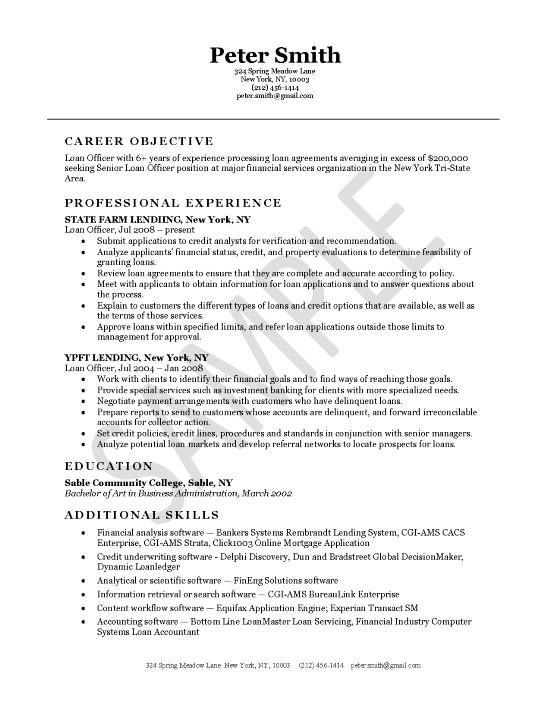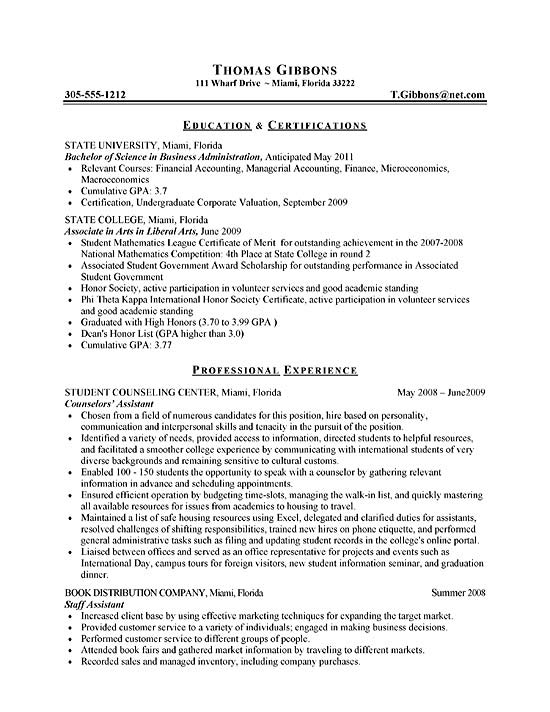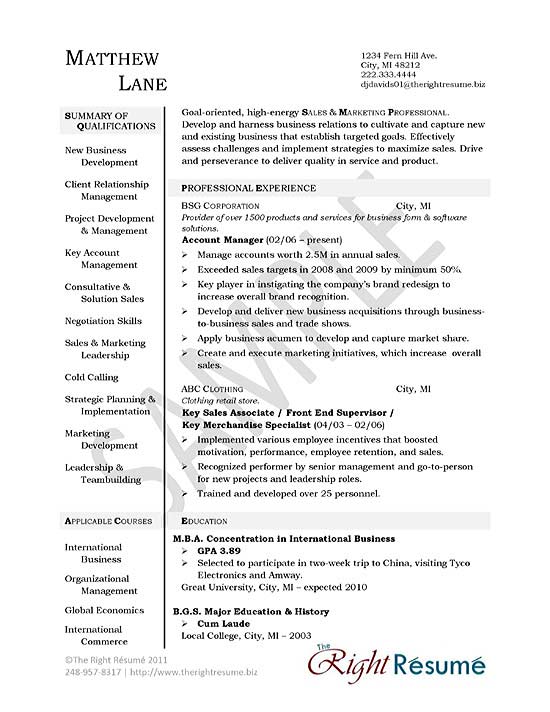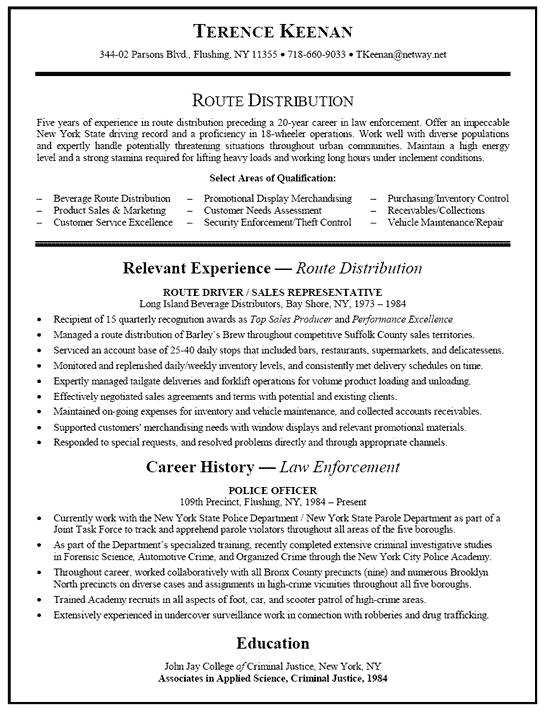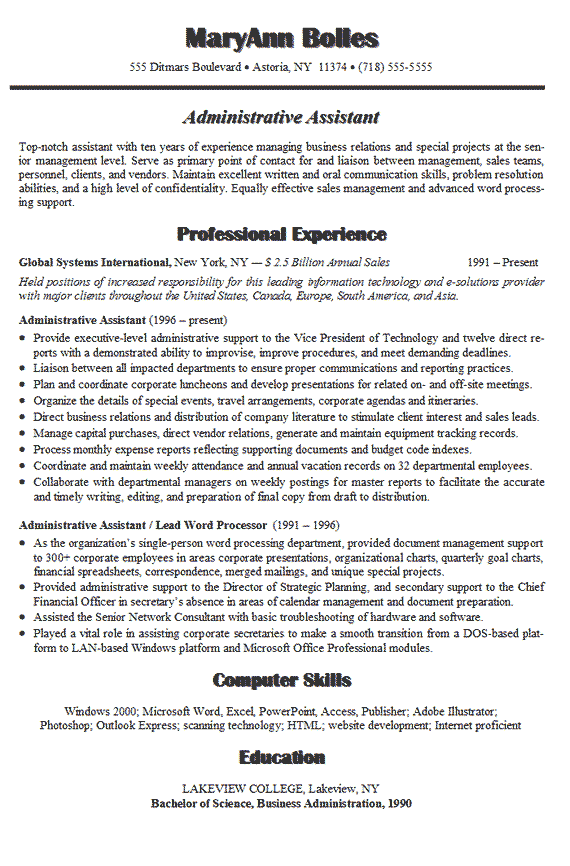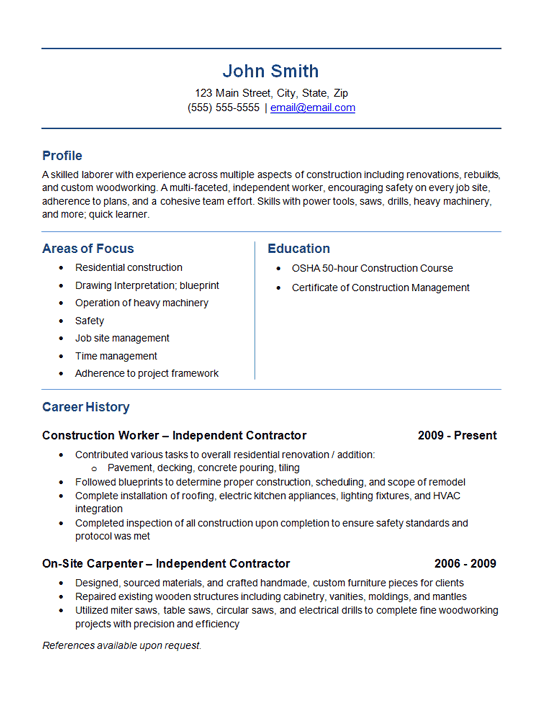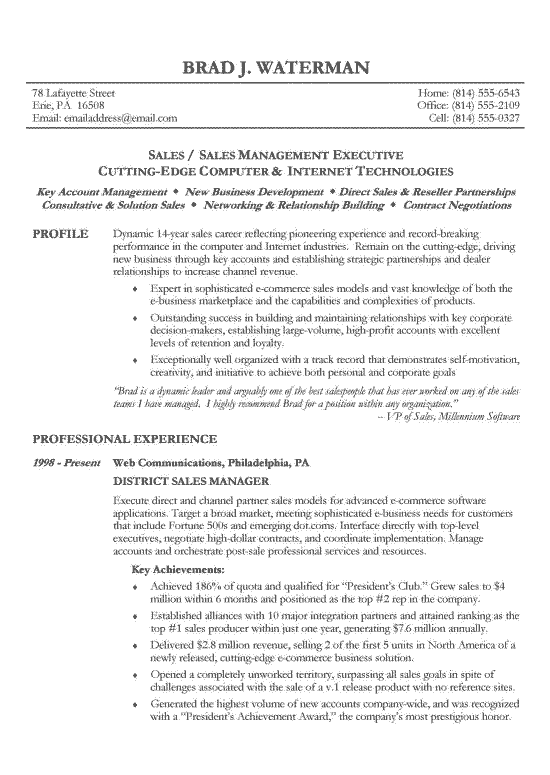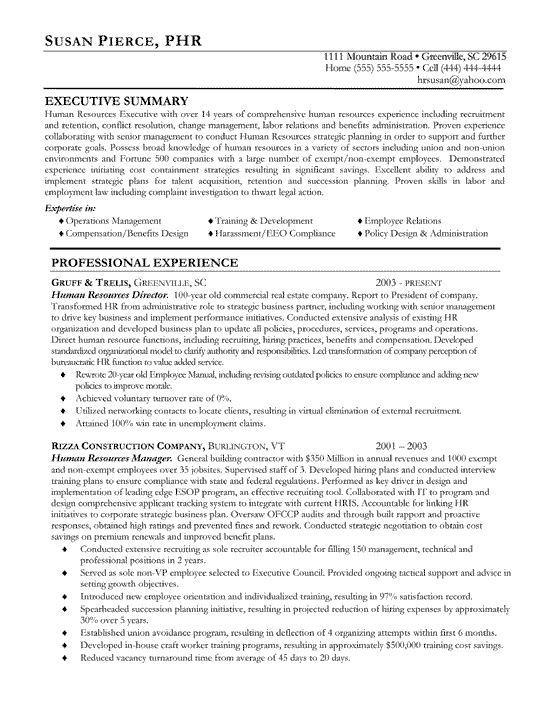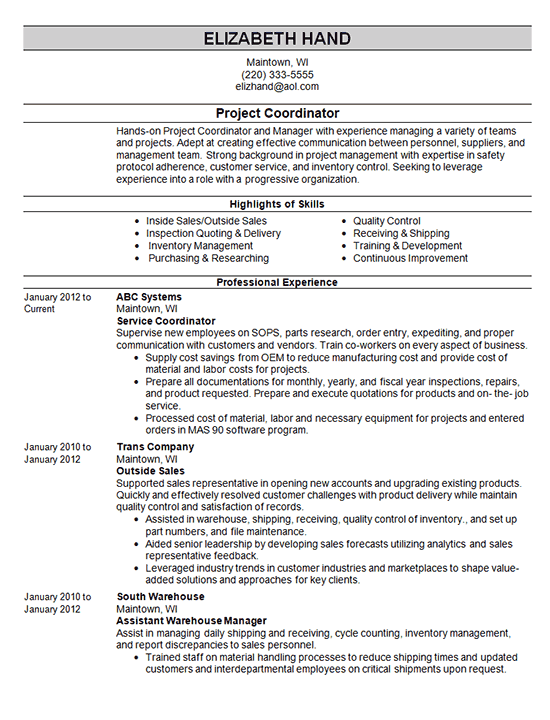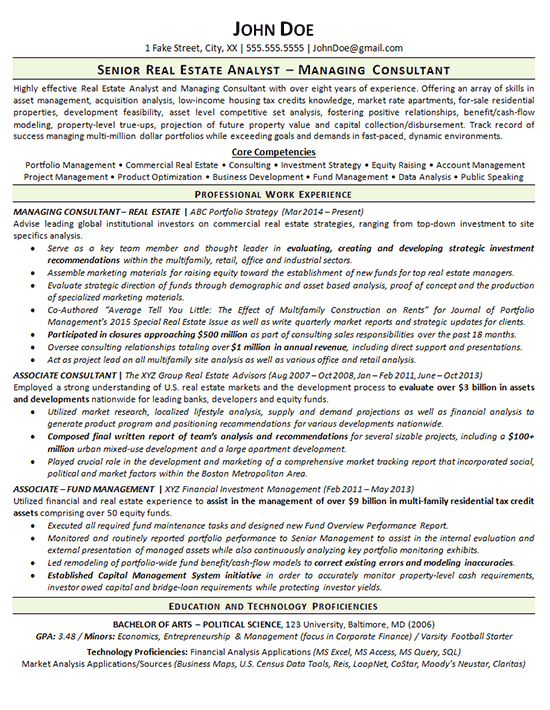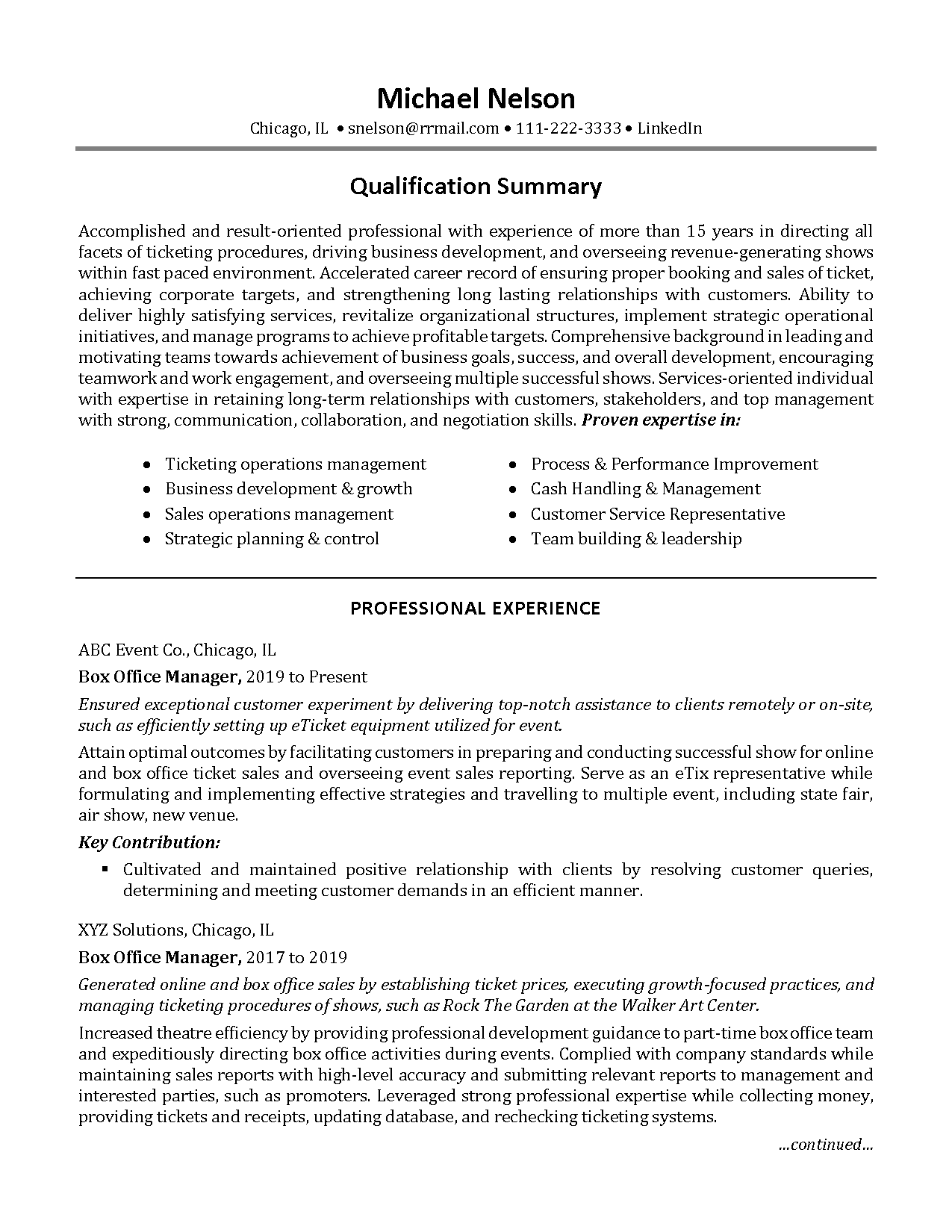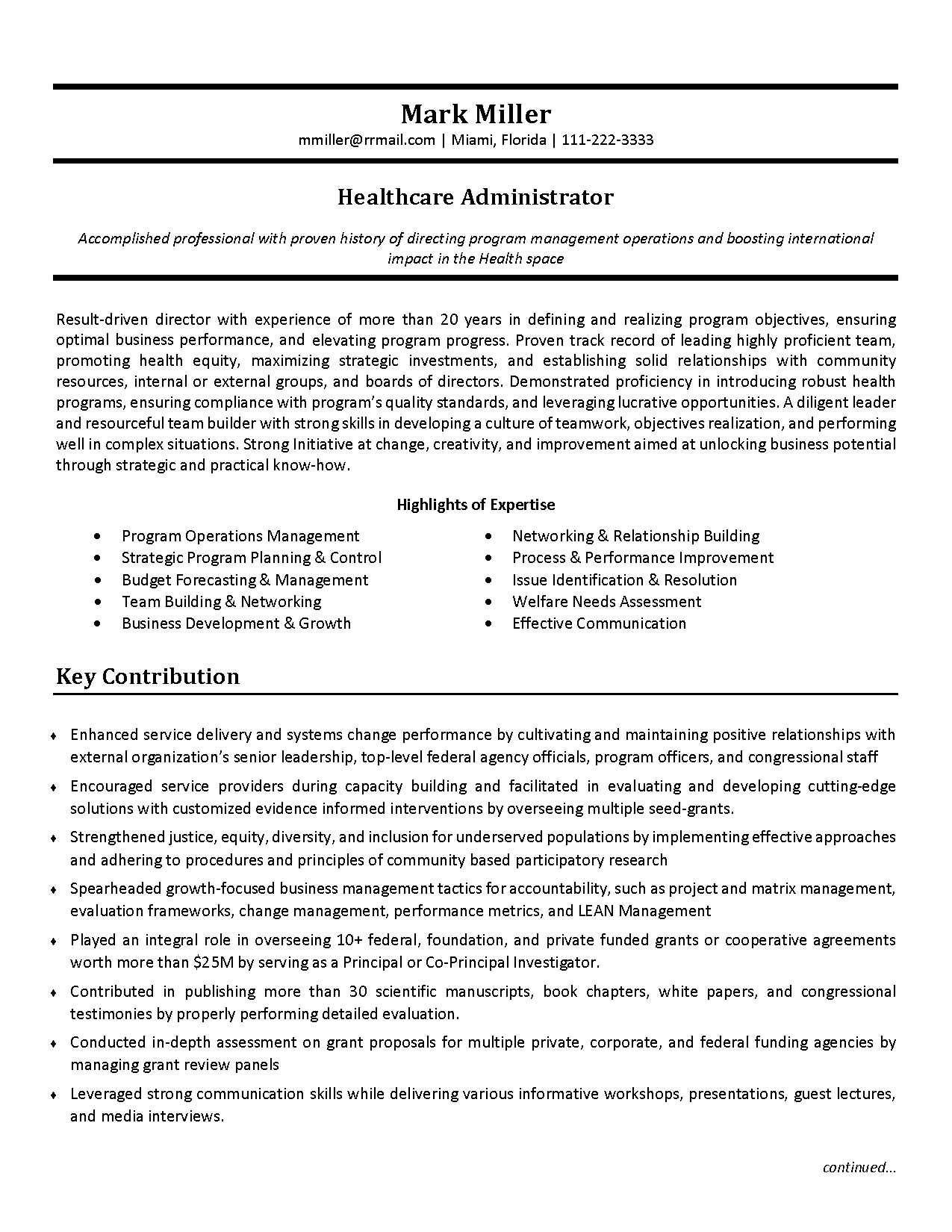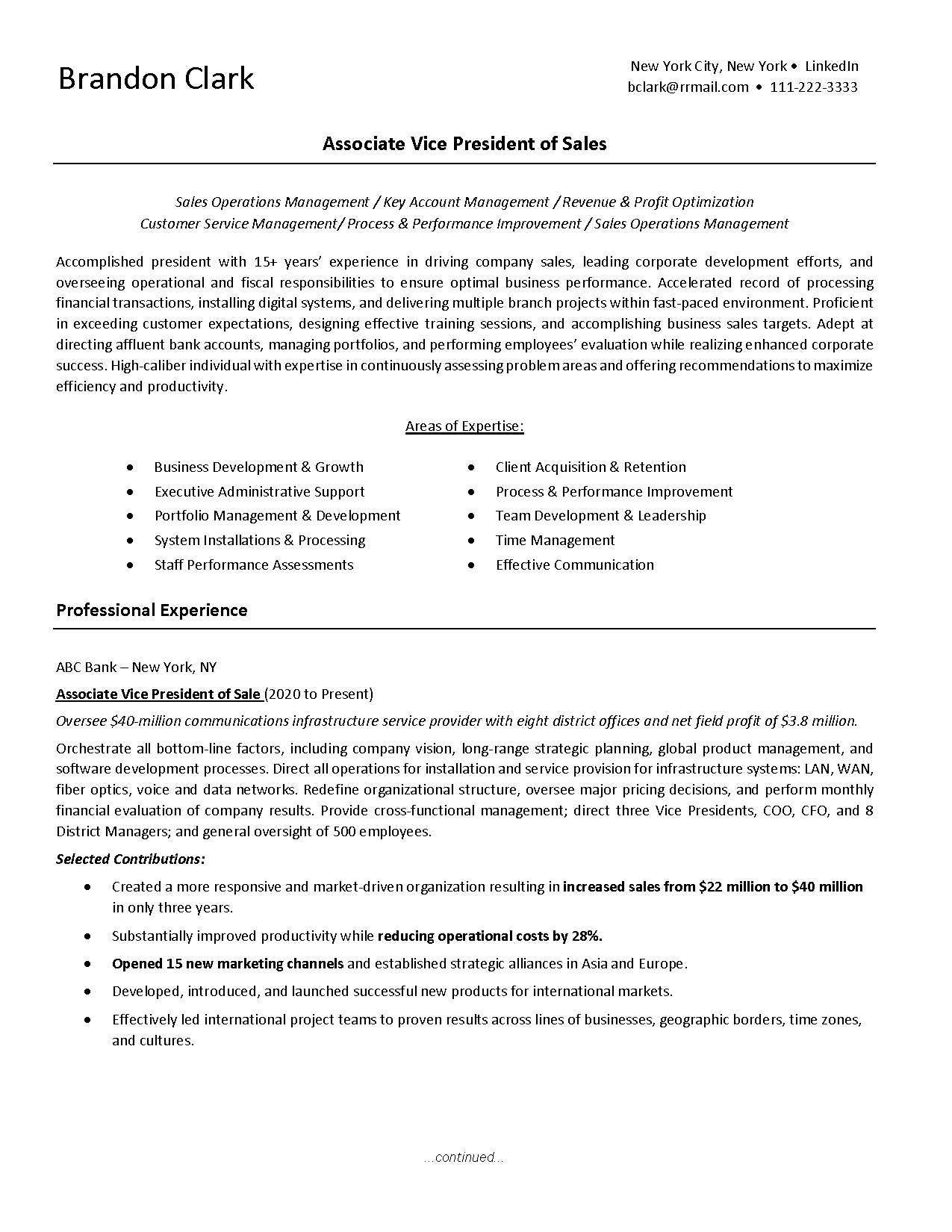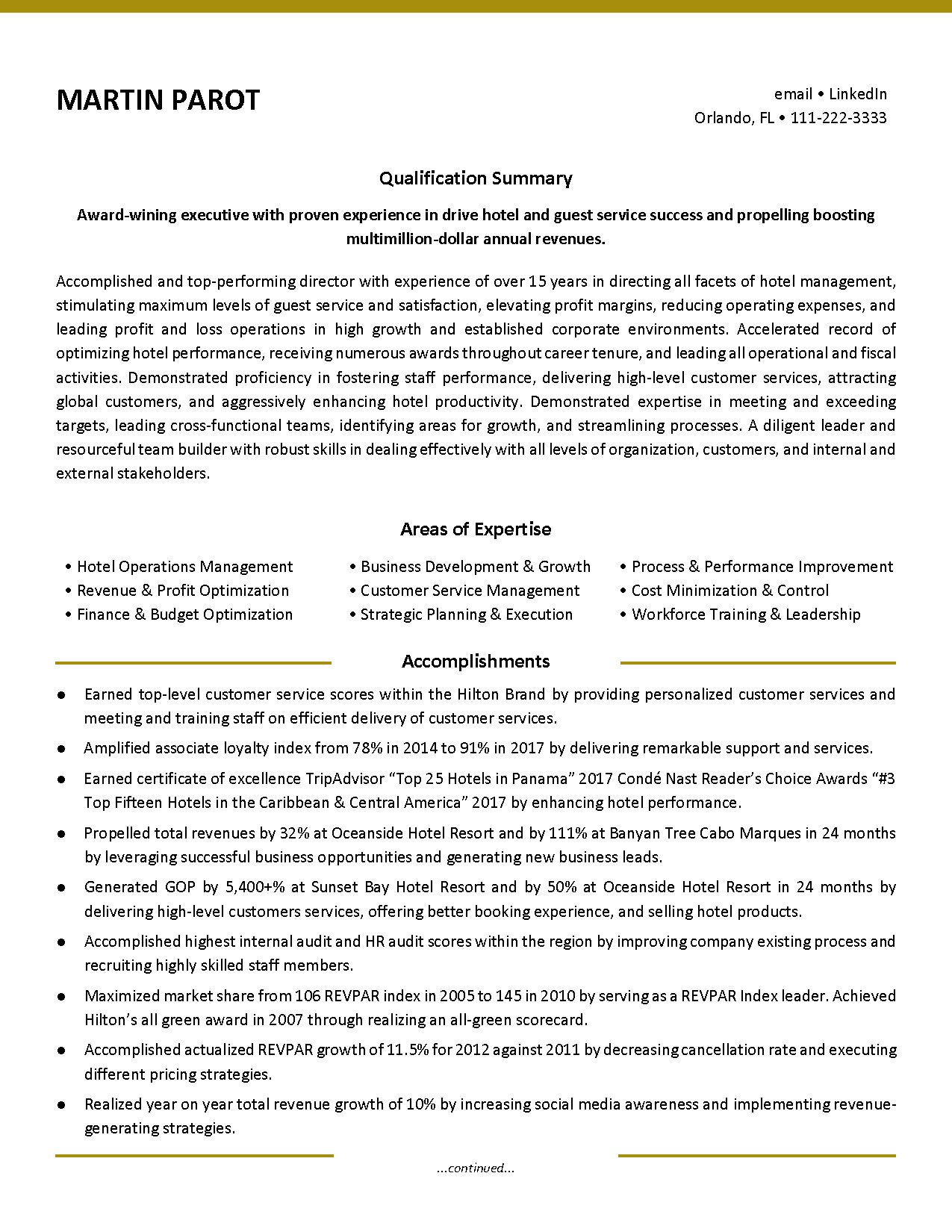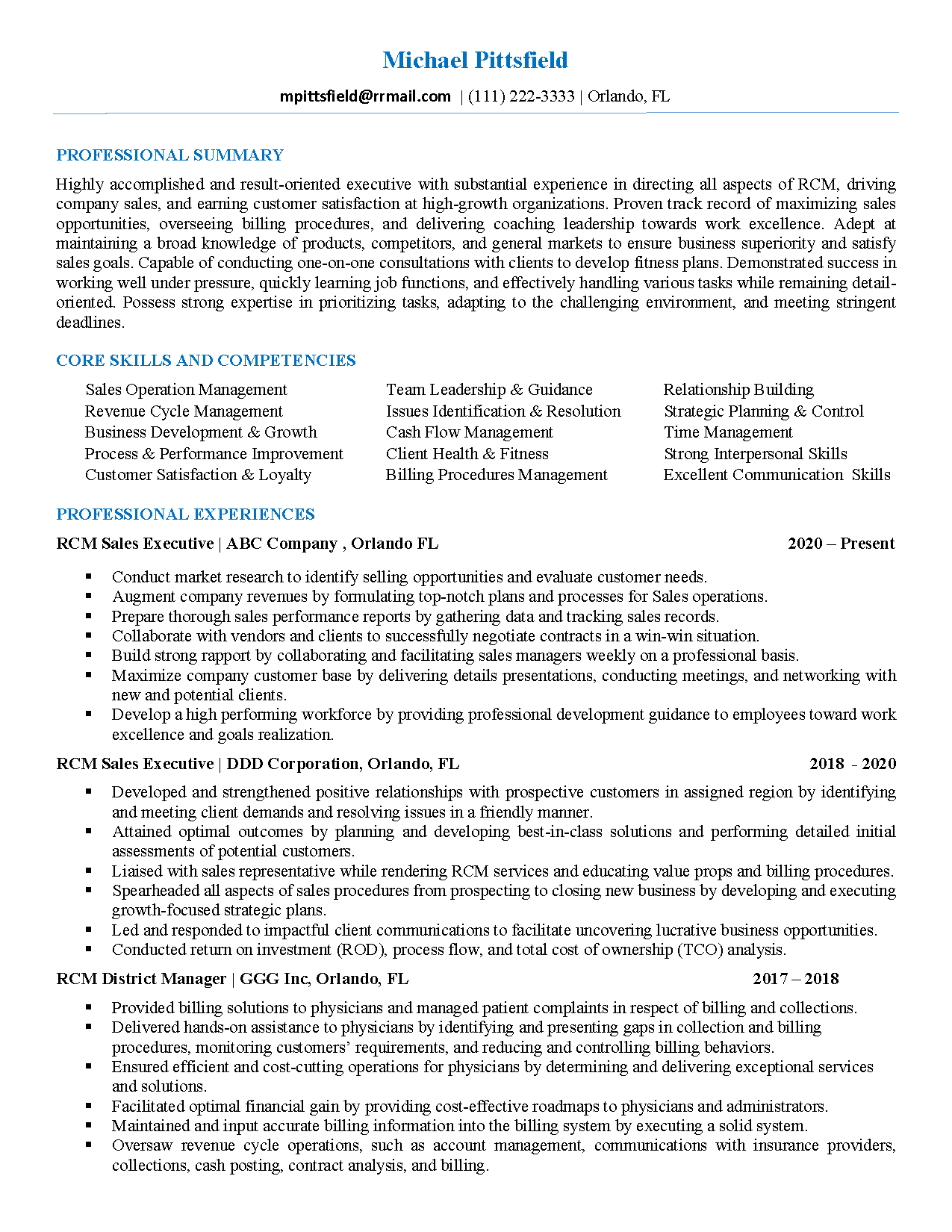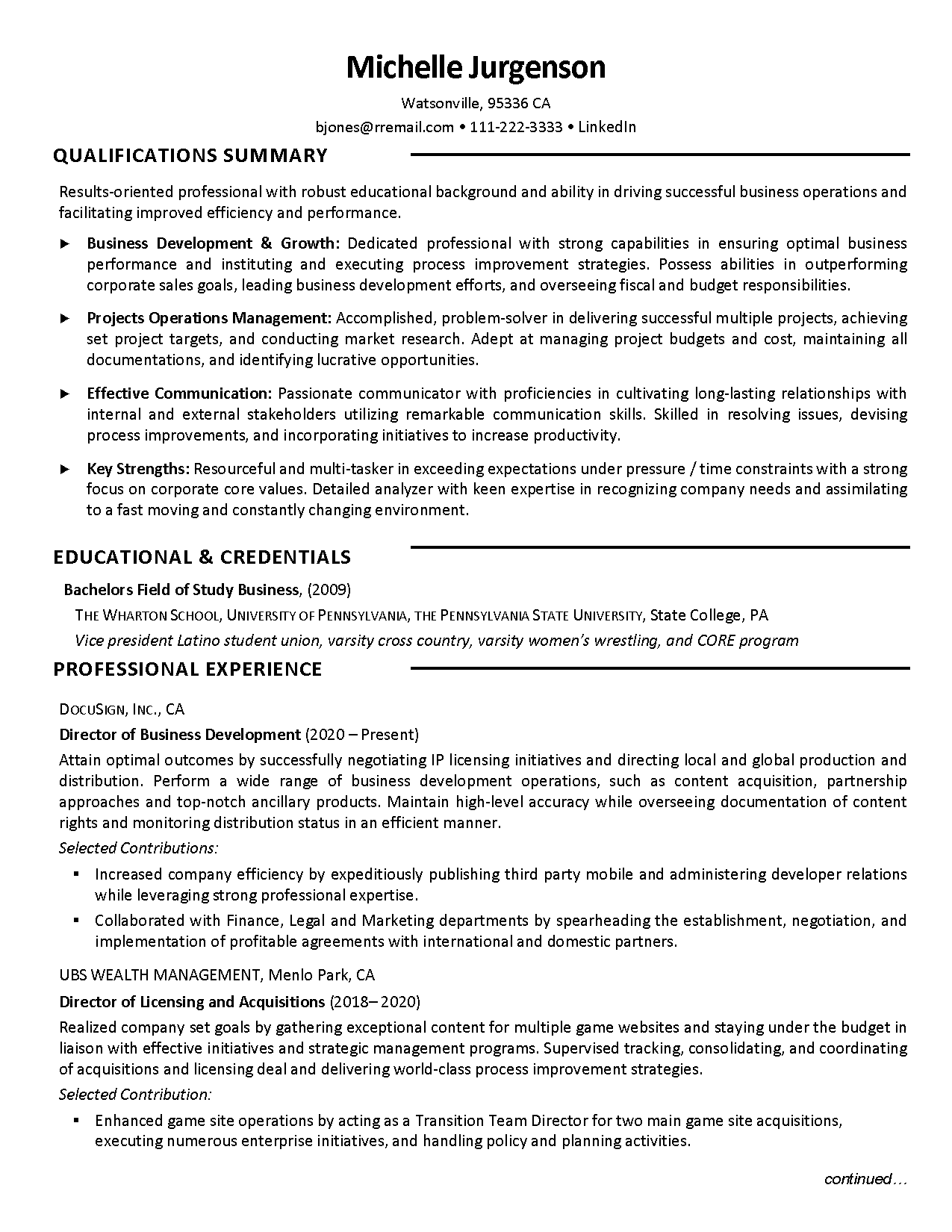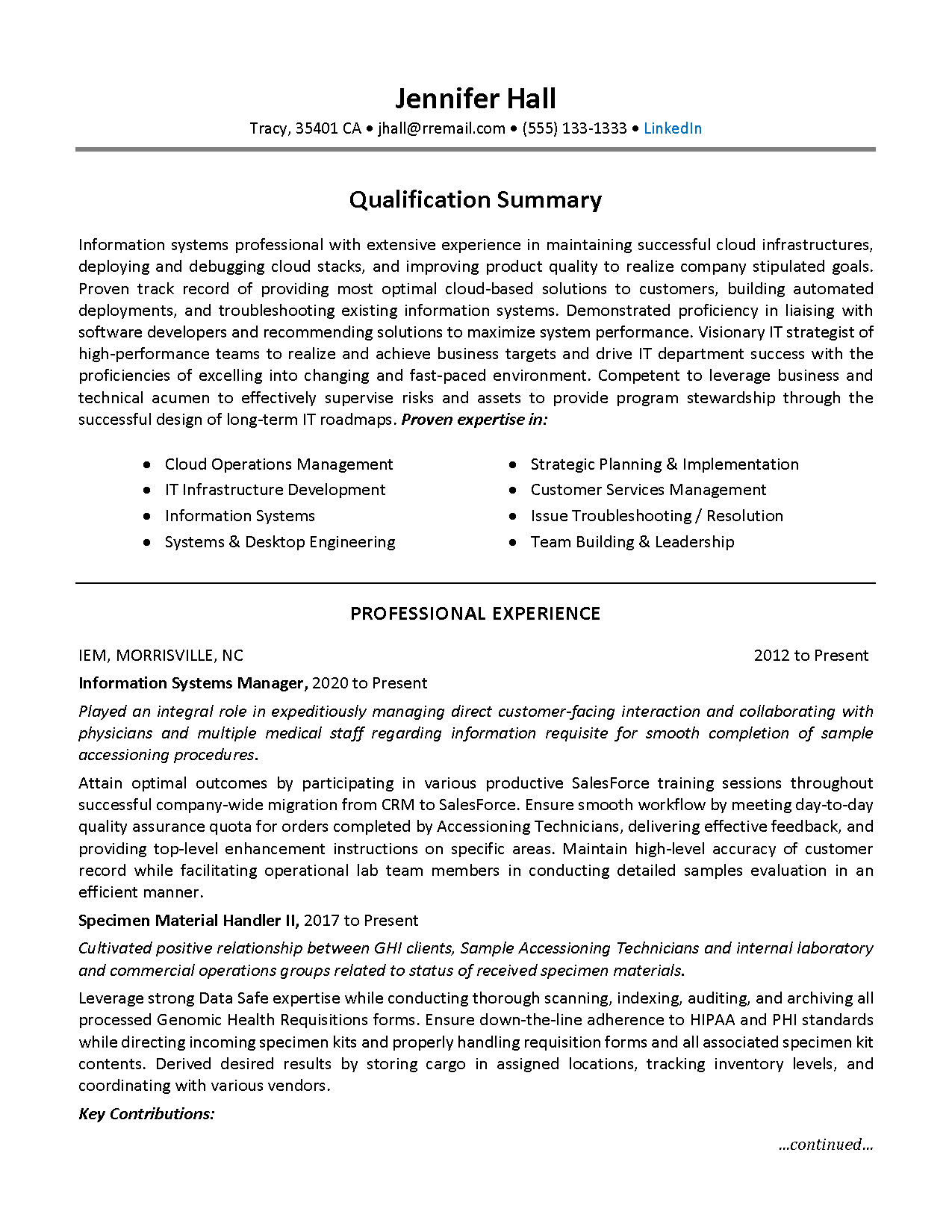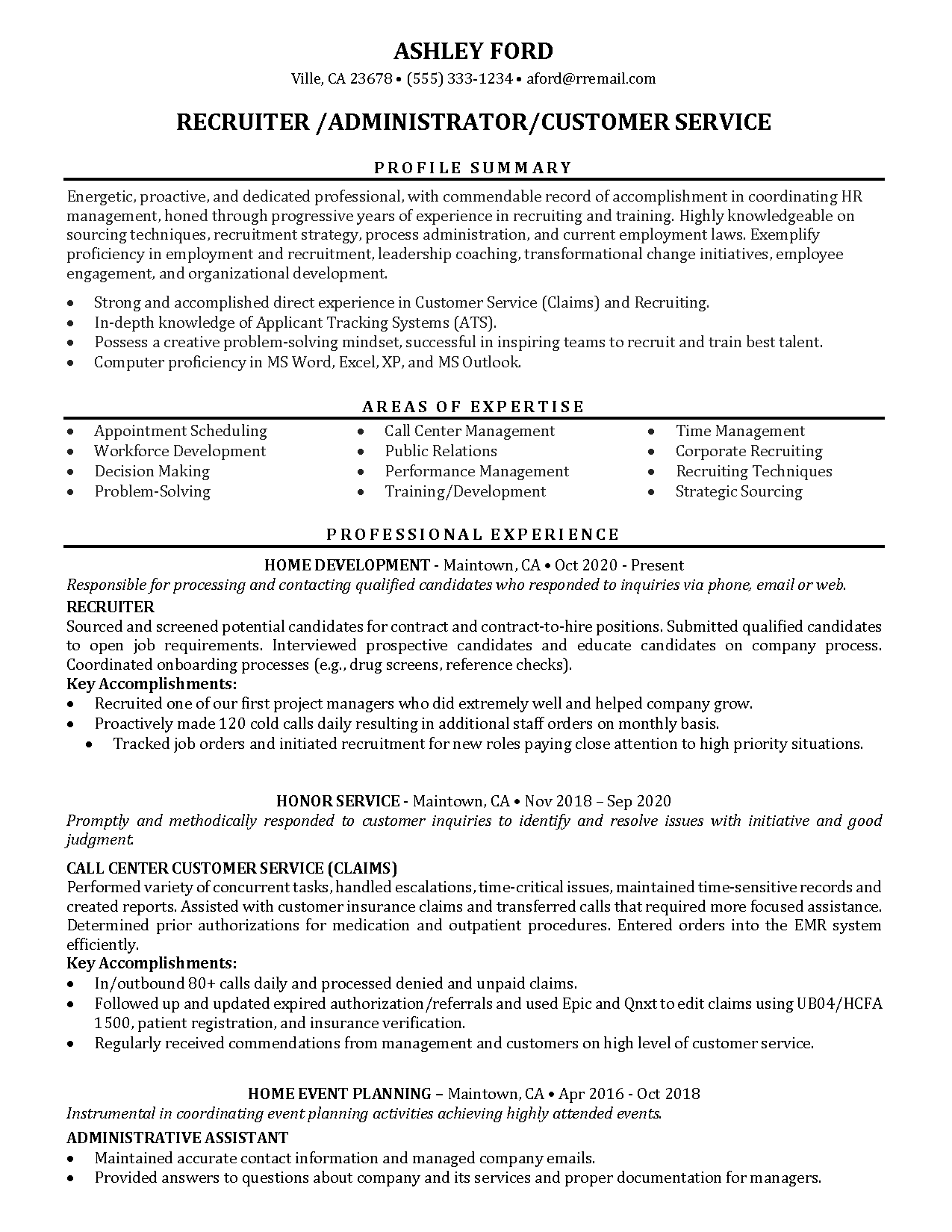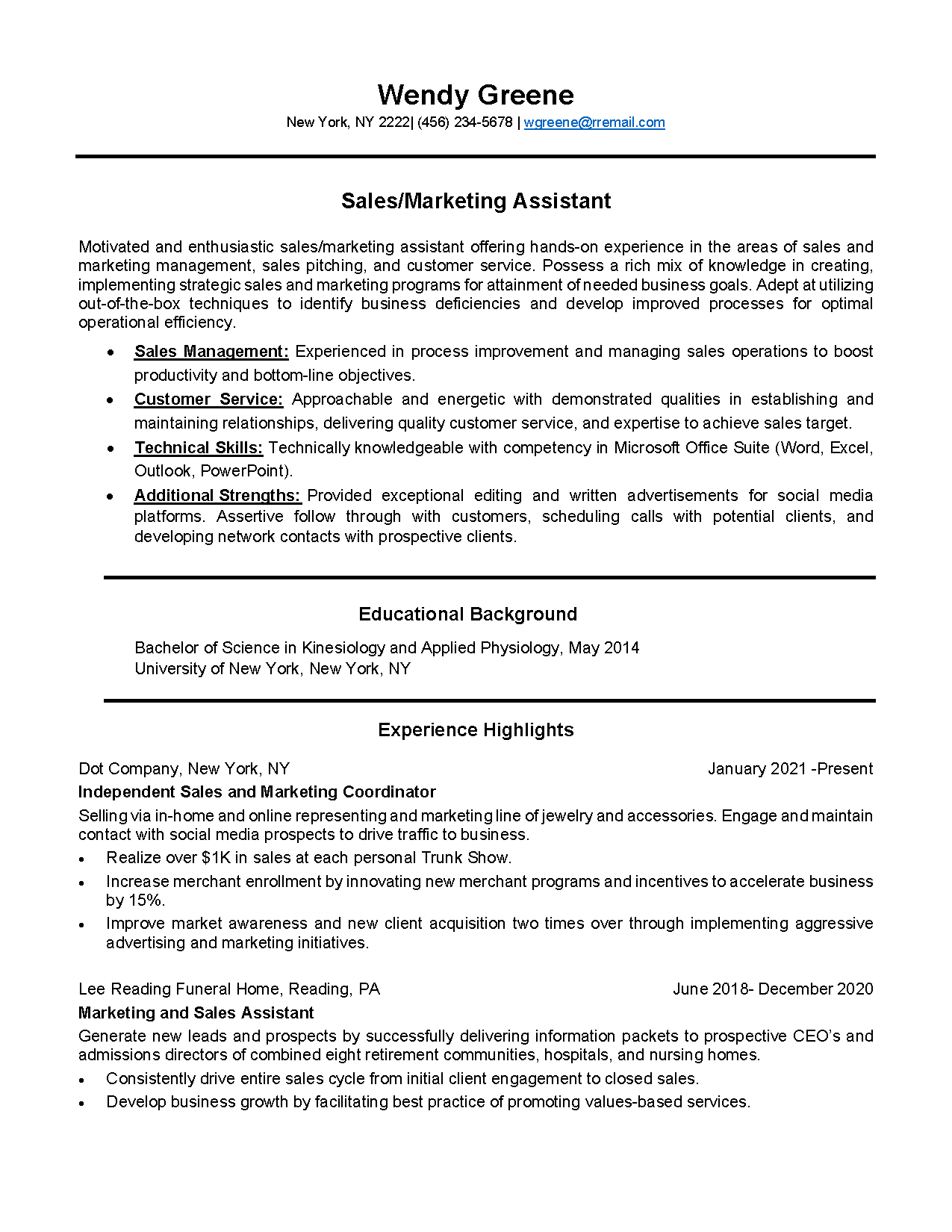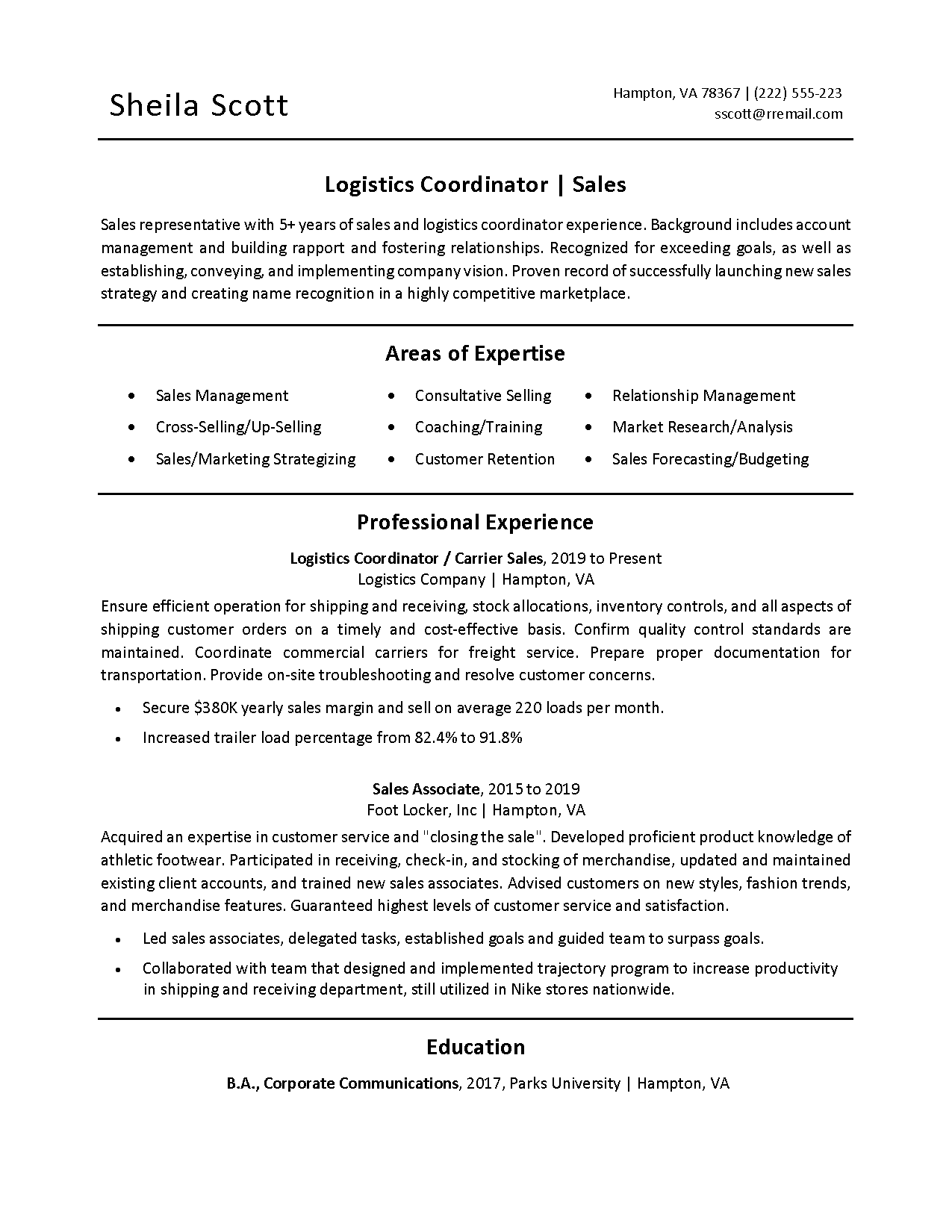
How To Add Github On Your Resume
Are you looking to enhance your job prospects in the tech industry? Adding your GitHub profile to your resume is one way to do so. With the increasing importance of having a solid online presence, showcasing your technical and software development skills on a platform like GitHub can significantly catch potential employers’ attention.
In today’s competitive job market, having a solid GitHub profile can demonstrate your coding abilities and highlight your ability to work on and collaborate on projects. You can effectively present your expertise by organizing your directory structure, providing clear project descriptions, and linking to specific tasks relevant to the employer’s needs. Employers often value candidates with a strong GitHub presence as it allows them to assess your skills and potential fit for their organization.
However, it’s important to note that adding GitHub to your resume may not be suitable for everyone. In some cases, if your profile lacks substantial projects or the projects are irrelevant to the job you’re applying for, it may be better to exclude them. Evaluating your GitHub profile objectively is crucial, as determining if it adds value to your resume.
This article will explore the best practices for adding GitHub to your resume, including tips on structuring your profile and targeting the right audience. By following these guidelines, you can increase your chances of getting noticed by hiring managers and stand out in the competitive job market.
Should You Put Github on Your Resume?
Should you present your GitHub on your resume? Absolutely! Including it on your resume is a great way to highlight your technical skills, especially if you’re a software engineer or in a related field.
GitHub is a widely recognized platform for hosting and collaborating on projects, and having it on your resume shows that you have experience working with version control systems and are familiar with industry-standard practices.
By including your GitHub project(s) on your resume, you provide hiring managers with a clear idea of your technical and software-developing skills. It demonstrates your potential and problem-solving skills and ability to work on projects individually and as a team. Moreover, a GitHub profile can also show your contributions to open-source projects, further enhancing your credibility as a developer.
When adding GitHub to your resume, dedicate a specific section for it. You can include the link to your profile, a particular project you want to show, or even your technical abilities section if it aligns with the job description. It’s crucial to neatly organize your GitHub directory structure and clean up your code, making it easy to read and understand for recruiters. Consider including a ReadMe file in your project repositories to help employers better understand your code and application.
Including your GitHub profile or specific projects on your resume greatly benefits software engineers and individuals in technical roles. It lets you show your problem-solving abilities and contributions to open-source projects. Organize your GitHub directory structure, clean up your code, and provide a link to your GitHub profile or specific project on your resume. This will give hiring managers a valuable reference to assess your coding abilities and increase your chances of landing the job.
When It’s Better You Don’t Put Github on Your Resume
It’s best to avoid including your profile on your resume when it doesn’t detail any relevant or impressive projects.
While having a GitHub link on your resume can demonstrate your ability to collaborate on various projects and show your skillset, it can backfire if you don’t have any substantial projects.
Including a link to your profile or a specific project irrelevant to the job you are applying for may not make an excellent first impression on a prospective employer. It’s essential to consider the relevance and quality of the projects you include before adding them to your resume.
When deciding whether to add GitHub to your resume, consider the job requirements you are applying for. If the job description explicitly asks for candidates with GitHub experience or the role involves open-source development or contributions, then including your GitHub link can be beneficial.
However, suppose the job does not require or mention GitHub experience. In that case, it may be better to focus on other aspects of your knowledge and skills more directly relevant to the position. It’s essential to tailor your resume to the specific job you are applying for, and including a GitHub link that doesn’t add value may distract from other important qualifications.
While adding a GitHub link to your resume can be advantageous in many cases, it’s important to carefully consider the relevance and quality of the projects you include. If your profile presents relevant projects demonstrating your technical skills and problem-solving abilities, it can make a positive impression on prospective employers.
However, if your profile doesn’t add value or is irrelevant to the job you are applying for, it may be better to focus on other aspects of your experience and skills. Always consider the job’s specific requirements and tailor your resume accordingly to make the best impression on a prospective employer.
Where To Add a GitHub Link?
Consider including a link to your GitHub profile in your job application materials ‘Contact Information’ section. For example, if you’re applying for a software development position, having a link to your profile can provide potential employers with a quick and easy way to assess your coding skills and review relevant projects you’ve worked on.
This is especially beneficial if you want to mention specific projects that demonstrate your expertise and align with the job description. Your GitHub profile highlights your skill level and experience in software development, and including it in your resume can give employers a comprehensive view of your abilities.
In addition to the ‘Contact Information’ section, you can incorporate your GitHub link in your resume’s ‘Technical Skills’ section. This section typically highlights your proficiency in programming languages, frameworks, and other technical tools. Including your GitHub link here shows your technical prowess and provides employers with tangible evidence of your abilities through your projects. This can make your resume more compelling and help you stand out from other candidates.
Furthermore, if you have a LinkedIn profile, you can also add your GitHub link there. LinkedIn is a popular platform for professional networking and job searching, and having your GitHub profile linked to your LinkedIn profile can further enhance your online presence. It allows HR staff to quickly navigate your GitHub projects and better understand your coding capabilities.
Integrating your GitHub link across multiple platforms reinforces your expertise in software development and increases your visibility to hiring managers.
How Do You Structure a Strong GitHub Profile?
One practical approach to organizing your GitHub profile is carefully curating your repository directory structure to showcase your technical expertise and highlight your most relevant and impressive projects. This means creating a logical and easy-to-navigate hierarchy of folders and files within your repositories.
By structuring your profile in this way, you make it easier for hiring managers and recruiters to assess your skills and experience quickly. When a recruiter or hiring manager visits your profile, they want to see a clear demonstration of your abilities, so it’s vital to ensure that your repository structure is proficient, clean, and well-organized.
In addition to organizing your repositories, including a detailed ReadMe file for each project you showcase on your GitHub profile is crucial. A ReadMe file serves as a guide for visitors to understand your code and the purpose of your project. It should include a project description, installation instructions, usage examples, and other relevant information. By providing a comprehensive ReadMe file, you demonstrate your ability to communicate effectively and provide documentation for your work. This can significantly enhance your chances of getting hired, showing your dedication to creating user-friendly and well-documented web applications.
When adding your profile to your resume, you must link directly to a specific project or your general profile page. This allows hiring managers and recruiters to easily access your GitHub profile and review your tasks. You can include the link in the Projects section of your resume, the Technical Skills section, or even the Contact Details section. By providing a direct link, you make it convenient for employers to assess your coding abilities and see firsthand the projects you have worked on.
Remember to always keep your GitHub profile up to date with your most recent projects and contributions to open-source projects to impress potential employers further.
Which Job Seekers Use Github as a Portfolio?
Job seekers who want to show their technical skills and coding abilities often use GitHub as a portfolio. It allows them to paint a vivid picture of their expertise in a visually appealing and easily accessible manner. GitHub provides a platform for individuals to share their code and projects, making it a valuable tool for developers looking to highlight their work.
By including your profile on your resume, you can demonstrate your collaboration and dedication to your craft and provide potential employers with a comprehensive view of your abilities.
You can take a few different approaches. One option is to list your profile URL under your contact details or in the Technical Skills section of your resume. This allows employers to easily access your GitHub profile and explore your project details at their convenience.
Another option is to include a specific project from your GitHub portfolio relevant to the job you are applying for. By linking directly to a specific project, you can show your skills in a way that is tailored to the employer’s needs.
To make the most of your GitHub profile, it’s important to structure it in a way that is easy to navigate and understand. Start by organizing your GitHub directory structure neatly and logically, making it easy for employers to find specific projects. Additionally, consider adding a ReadMe file to each project, providing a brief overview and explanation of the code and application. This will help recruiters and hiring managers understand your work and the value you can bring to their organization.
Adding your GitHub profile to your resume is a great way to showcase your technical and coding abilities to potential employers. Whether you list your profile URL or link to a specific project, ensure your GitHub profile is well-structured and easy to navigate. By leveraging GitHub as a portfolio, you can demonstrate your expertise and stand out from other job seekers in the industry. So don’t hesitate to put GitHub on your resume and add the URL to share your coding accomplishments with the world.
Conclusion
In conclusion, adding GitHub to your resume isn’t just a good idea; it’s an absolute must in today’s competitive job market. With the increasing importance of technical skills and software development expertise, showing your abilities on a platform like GitHub can set you apart from other candidates and greatly enhance your chances of getting noticed by hiring managers.
By organizing your directory structure and providing clear project descriptions, you can demonstrate your coding prowess and ability to work on collaborative projects. Additionally, linking to tasks relevant to the employer’s needs can highlight your skills and make a strong impression.
Furthermore, GitHub isn’t just for software developers or technical professionals. Job seekers from various fields can utilize GitHub as a portfolio to present their skills and projects. Whether you’re a data analyst, designer, programmer, or project manager, having a solid profile can prove your abilities and make you a more attractive candidate.
In today’s digital age, a strong online presence is essential. Adding GitHub to your resume is a great way to demonstrate you can take your job search to the next level and show your technical expertise in a tangible and impactful way. So don’t wait any longer; start building your GitHub profile today and watch as the opportunities come pouring in.







